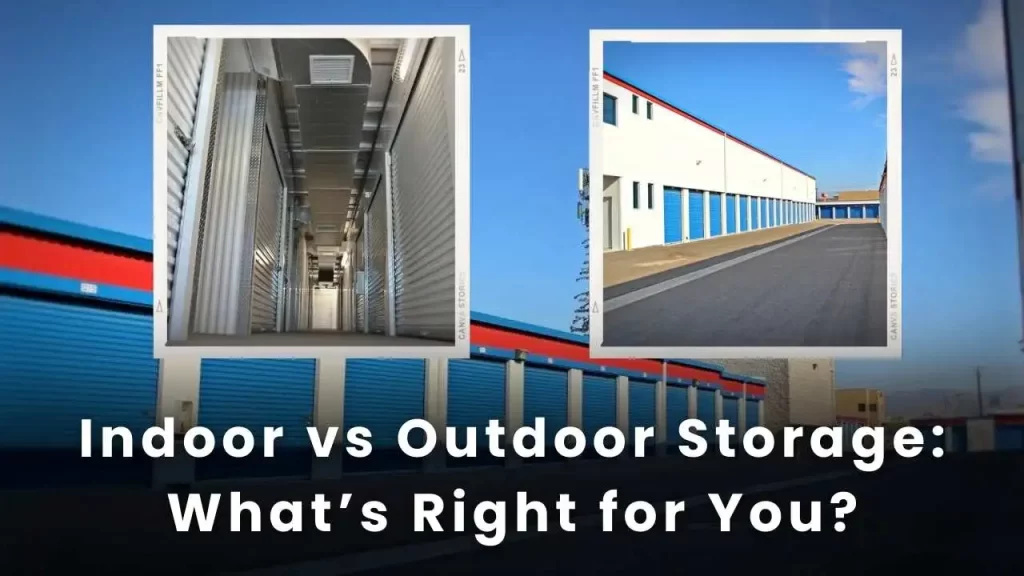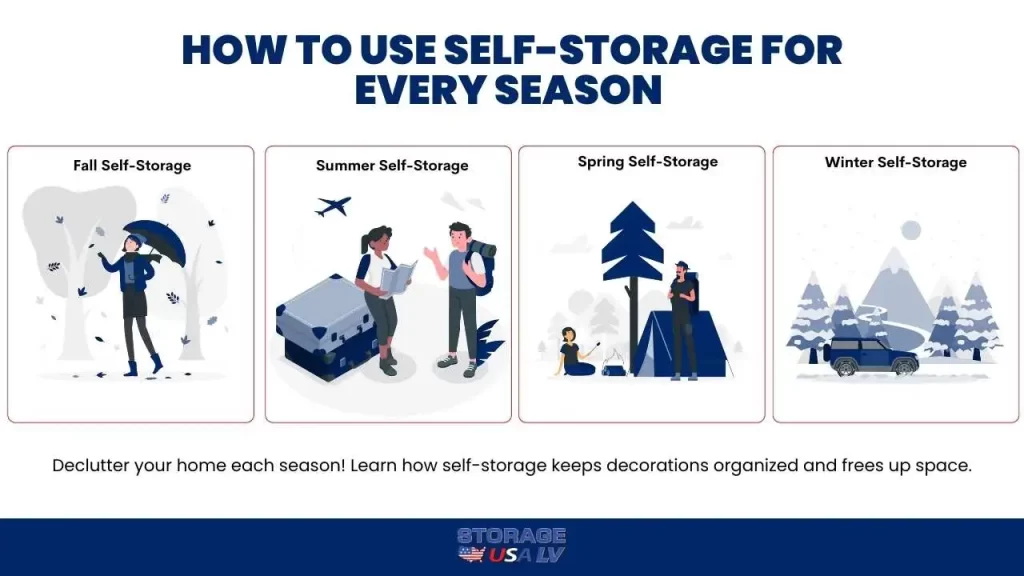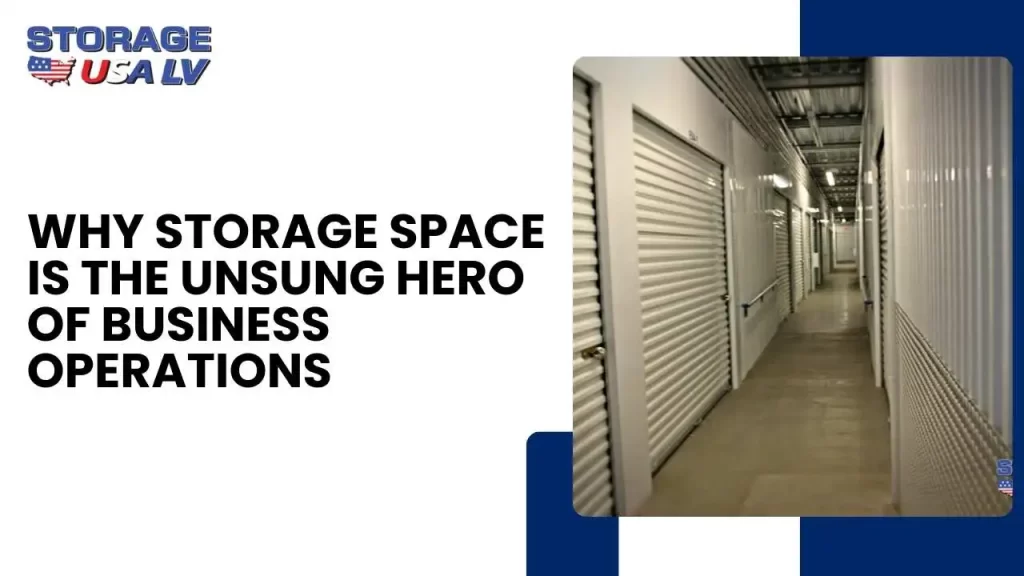
Finding extra space can be a challenge, and storage facilities offer a convenient solution. But with two main options – indoor and outdoor – choosing the right one for your needs is crucial. This guide will help you navigate the factors to consider and make an informed decision.
Understanding Your Storage Needs
Before diving in, consider what you’ll be storing and for how long. Are you decluttering for a renovation, or do you need long-term storage for seasonal items? Knowing the purpose will guide your decision.
Indoor Storage: Protection and Convenience
Pros:
- Security: Indoor units offer superior protection from theft and vandalism due to controlled access and often 24/7 surveillance.
- Climate Control: Temperature and humidity regulation safeguard furniture, electronics, and other sensitive items.
- Accessibility and Convenience: Indoor facilities are typically well-lit and provide drive-up access for easy loading and unloading.
Cons:
- Limited Space: Units tend to be smaller, making them less suitable for large vehicles, boats, or extensive furniture collections.
- Higher Cost: Indoor storage typically comes with a higher price tag compared to outdoor options.
- Access Hours: Some facilities may have restricted access hours, which might be inconvenient for frequent visits.
Outdoor Storage: Cost-Effective and Spacious
Pros:
- Cost-Effectiveness: Outdoor storage is generally the more affordable option, ideal for those on a budget.
- Ample Space: These units are often larger, making them suitable for storing vehicles, RVs, or bulkier items.
- Flexibility: Outdoor storage may offer extended access hours or even 24/7 access for added convenience.
Cons:
- Exposure to Elements: Your belongings will be exposed to weather conditions like rain, sun, and extreme temperatures.
- Security Risks: Outdoor units are generally less secure, with a higher risk of theft or vandalism.
- Limited Protection: They offer minimal protection for sensitive items susceptible to weather damage
Making the Right Choice
Consider these factors:
- Budget: Indoor options are pricier, while outdoor storage offers a budget-friendly alternative.
- Storage Needs: Large items and vehicles might require the spaciousness of outdoor storage.
- Item Sensitivity: For delicate items, climate-controlled indoor units are essential.
Ultimately, the decision hinges on your individual needs and priorities.
- Evaluate the trade-offs: Weigh the cost benefits of outdoor storage against the enhanced security and protection of indoor facilities.
- Consider long-term implications: Will you need frequent access? Is convenience a priority?
- Think about the future: If you plan to store items long-term, especially valuables, choose a solution that safeguards them for years to come.
By carefully assessing your needs and considering all the factors, you can choose between indoor and outdoor storage with confidence, ensuring your belongings are safe and well-protected.


